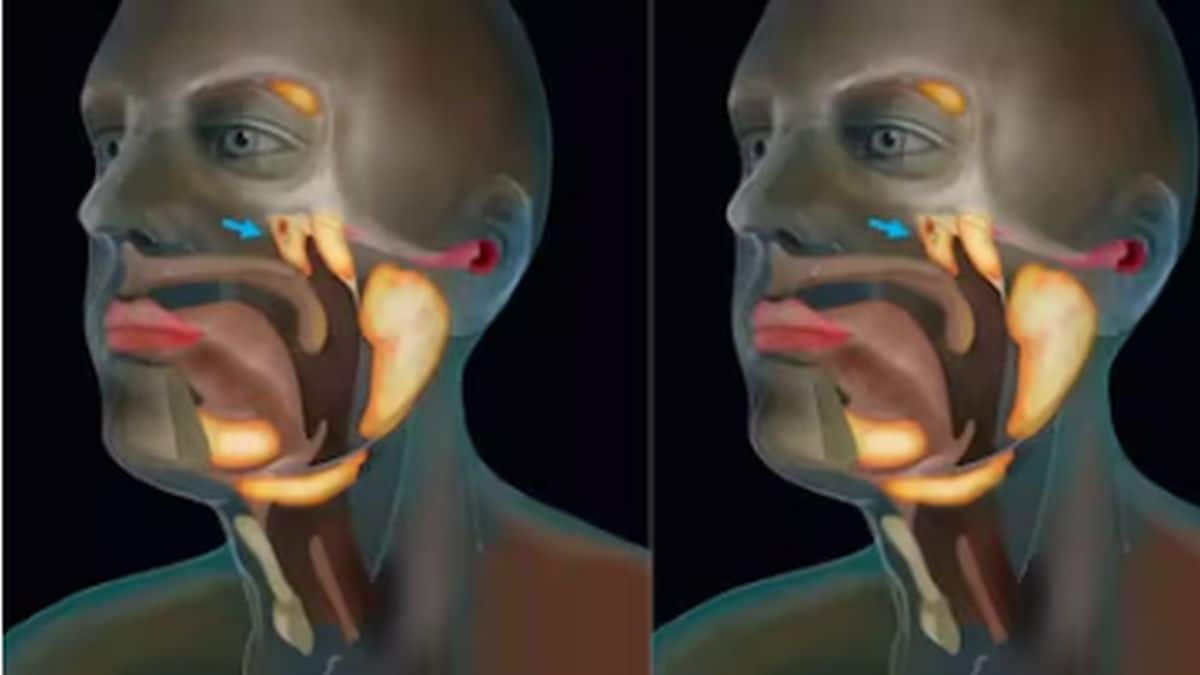Head and neck cancer, comprising cancers of the mouth, pharynx and larynx (voice box), account for about 15 percent of all cancers worldwide. The causes of head and neck cancer are not fully understood yet. However, many different factors are associated with an increased risk of head and neck cancer, including tobacco and alcohol consumption, diet, dental health and human papillomavirus (HPV) infection. Among them, cigarette smoking is one of the established causes of head and neck cancer. The International Agency for Research on Cancer (IARC) classified cigarette smoking as Group 1 carcinogenic for humans, claiming there was sufficient evidence for the association between cigarette smoking and head and neck cancer. This is because cigarettes contain various carcinogens (substances capable of causing cancer) that result in genetic alterations leading to cancer. Passive smoking Passive smoking or involuntary smoking (involuntary exposure to tobacco or secondhand smoke) entails exposure to carcinogens present in tobacco smoke. Involuntary smoking includes:
- Direct smoke: Direct smoke is inhaled and exhaled by smokers
- Passive smoke: Passive smoke is released between puffs into the air from the burning cone.
Metabolites of the tobacco-specific carcinogen 4-(methylnitrosamino)-1-(3-pyridyl)-1-butanone (NNK) were observed in the urine of non-smokers exposed to involuntary smoking. According to the US Surgeon General, there is a causal relationship between passive smoke exposure during adulthood and lung cancer in non-smokers. Passive smoking and cancer Cigarette smoking causes cancer through a variety of mechanisms, including the formation of DNA adducts (pieces of DNA bound to a cancer-causing chemical) and disruption of DNA repair. It also affects the replication of body cells and cell growth. The carcinogenic mechanisms of passive smoke exposure are likely similar. The presence of tobacco smoke biomarkers in passive smokers indicates that involuntary smoking carcinogens are metabolised by passive smokers and have the potential to increase cancer risk. Since people spend most of their time at home and the workplace, these are more likely to be the places for involuntary smoking exposure. Research suggests that involuntary smoking exposure is a risk factor for head and neck cancer, especially pharyngeal and laryngeal cancer, independent of active tobacco smoking and alcohol consumption. The consistency of the results when it comes to the effect of duration of involuntary smoking exposure at home or at work and pharyngeal and laryngeal cancer risk adds to the credibility of a causal association with these cancers. To eliminate residual confounding by alcohol, which is a recognized risk factor for head and neck cancer, an analysis was performed among people who never used tobacco and alcohol, and the associations were confirmed. It can thus be said that passive smoking has an etiologic role in head and neck carcinomas. Passive smoking may be associated with oropharynx cancer in non-smokers. This article was written by Dr Mandeep Singh Malhotra, HOD of Head, Neck & Breast Oncoplasty at Fortis Hospital, Vasant Kunj. For more information, read our article on Head and neck cancer. Health articles in Firstpost are written by myUpchar.com, India’s first and biggest resource for verified medical information. At myUpchar, researchers and journalists work with doctors to bring you information on all things health.


)

)
)
)
)
)
)
)
)



